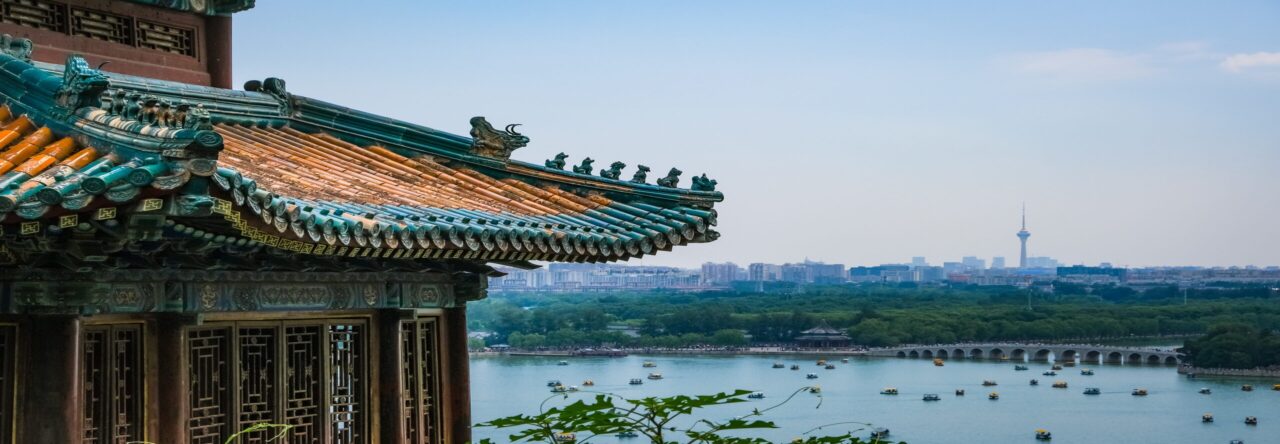
China has been accused of employing a debt-based political agenda to entrap politically- or resource-strategic countries in unsustainable loans or credit programs. The idea of “debt-trap diplomacy,” as it has come to be known, was popularized by the Trump administration in Vice President Pence’s speech at the 2018 Asia-Pacific Economic Cooperation (APEC) Summit. This speech sharply criticized the predatory nature of unsustainable loans handed out by countries only looking to “compromise the independence” of sovereign nations by undermining their fiscal autonomy–all without specifically mentioning China by name.
Without deeper examination, it is easy to see how this could be the first conclusion many would reach. China has a tendency to lend to poorer nations that Western lenders are not interested in, and so these countries stand to benefit from China’s generous lending plans. The infrastructure is built, and the home country finds itself unable to repay the loans. China forgives these loans in various forms, but most often through leases and restructurings that seem to politically and economically benefit China. The debtor is left with infrastructure that may not be entirely beneficial and a tract of strategic land under foreign control. Obviously, this seems dire.
It is a much more complicated issue than this, however. As Tim Summers points out in his article “Structural power and the financing of the Belt and Road initiative,” China’s lending patterns seem to follow demand rather than any sort of political strongman strategy. I believe this to be best exemplified by China’s involvement in the Sri Lankan port of Hambantota.

In short, a textbook case of supposed debt-trap diplomacy occurred here. Sri Lanka wanted to build a port, Western lenders were uninterested and preoccupied with the larger Indian Ocean shipping lane, and the EXIM Bank of China won the bid to finance the project. Sri Lanka found itself unable to repay these steep debts without external financial aid, and so rather than adding to that accumulation, Sri Lanka chose to lend out Hambantota port to an experienced company. Only two entities put forth bids on this lease–both were Chinese. Now on a 99-year loan to China Merchants, Hambantota port is under Chinese control.
It is reasonable to say that China does engage in certain aspects of debt entrapment. However, as noted by Padraig Carmody in his article “Dependence, not debt-trap diplomacy,” an important distinction in the morality of this method lies in its intentionality. When it was first acquired, Hambantota was nowhere near the focal point of Indian Ocean trade that it is today. China Merchants had a major hand in growing the port but had no say in its initial construction. This decision was simply in reaction to the situation presented– and it was a very good one at that. This seems to point to a strategy that relies more on opportunity than entrapment, and lends credence to the idea that Chinese enterprise is largely playing the game of global capitalism.

Tim Oakes
An excellent post – well written, succinct, with a clear analysis of the Hambantota situation. Your final point about opportunity as opposed to entrapment is a good one. Don’t forget to include references for the articles!